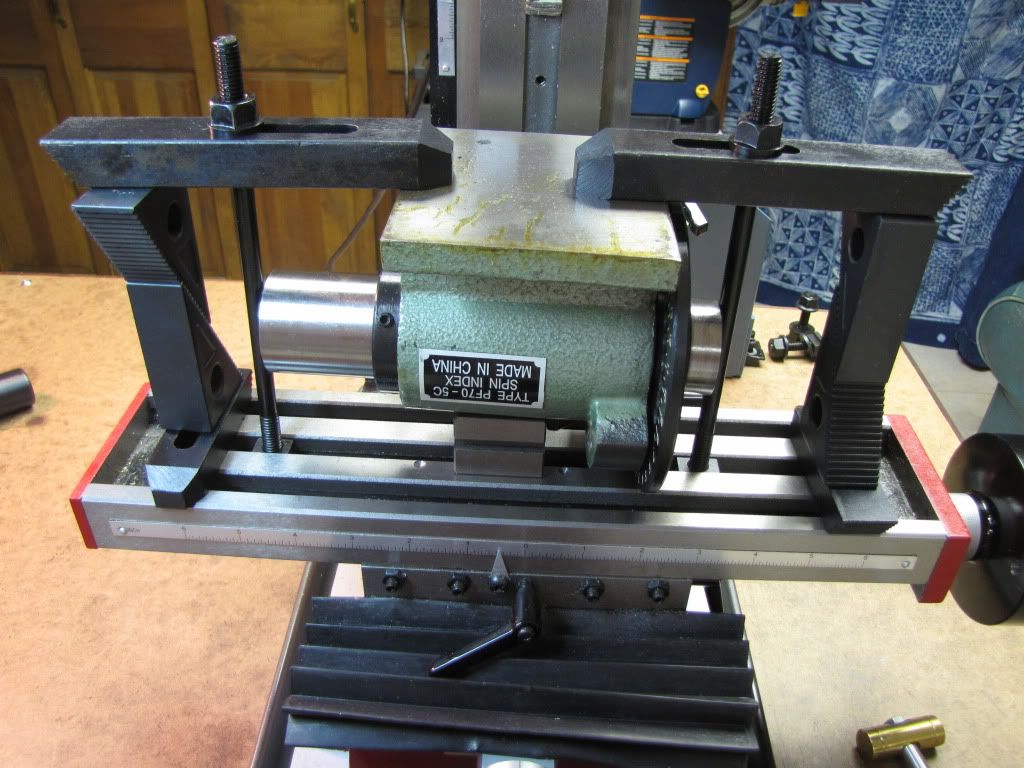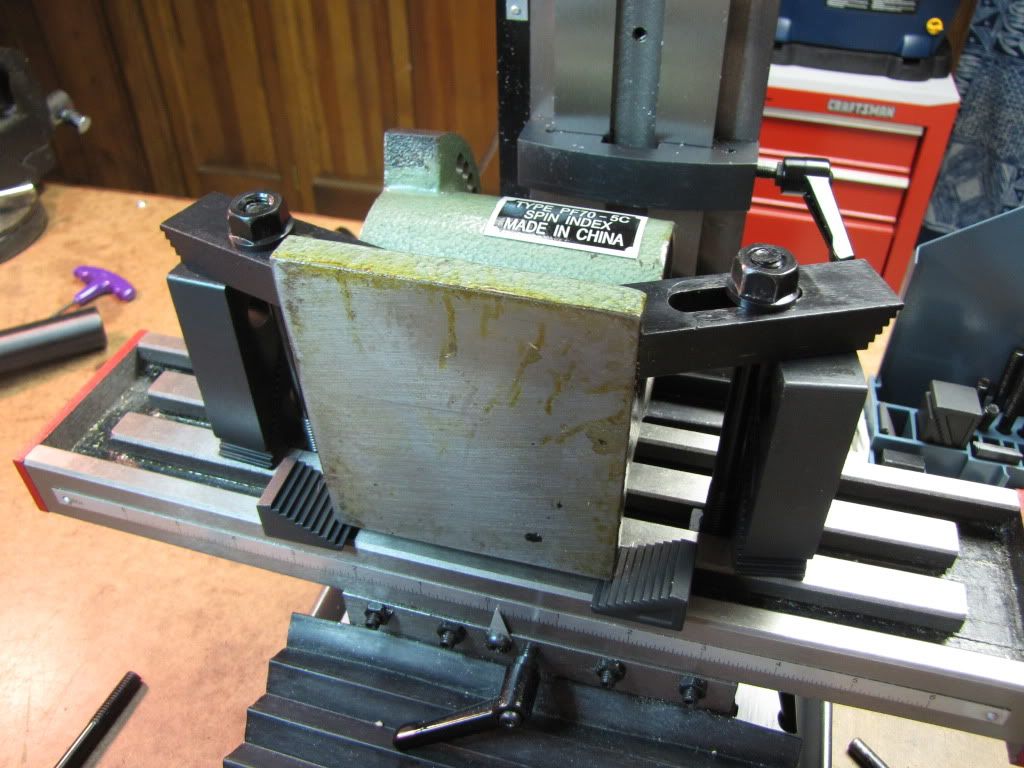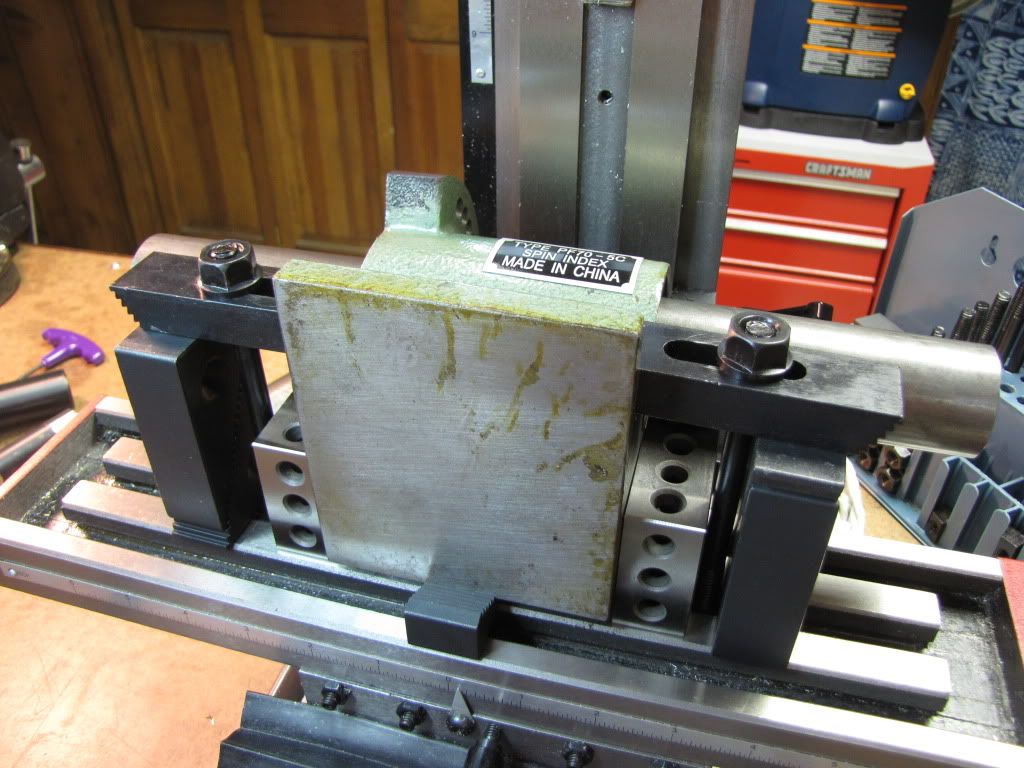putputman
Senior Member
- Joined
- Nov 22, 2008
- Messages
- 600
- Reaction score
- 55
Zee, if you decide to go ahead with the key slot on the bottom, you might consider doing it in steps if you are not real confident in getting the alignment you are after.
Mill the slot in the spinner base (after you have aligned it as close as you can) at 1/4" wide or some dimension well under the slot size in your mill table. Then make a key with a stepped size that will fit both your mill table and spinner. If your alignment is satisfactory for you, you are done. If not, react the slot in the spinner a little larger (again after correcting the alignment) and make another key to fit. At some point, you will get exactly what you want.
You will find this a very valuable tool for future engine builds. I have a very expensive Hardinge indext head and a $29.00 spinner (eBay - made in Poland) & I use the spinner the most.
I'm keeping an eye on you. ;D ;D ;D
Mill the slot in the spinner base (after you have aligned it as close as you can) at 1/4" wide or some dimension well under the slot size in your mill table. Then make a key with a stepped size that will fit both your mill table and spinner. If your alignment is satisfactory for you, you are done. If not, react the slot in the spinner a little larger (again after correcting the alignment) and make another key to fit. At some point, you will get exactly what you want.
You will find this a very valuable tool for future engine builds. I have a very expensive Hardinge indext head and a $29.00 spinner (eBay - made in Poland) & I use the spinner the most.
I'm keeping an eye on you. ;D ;D ;D










